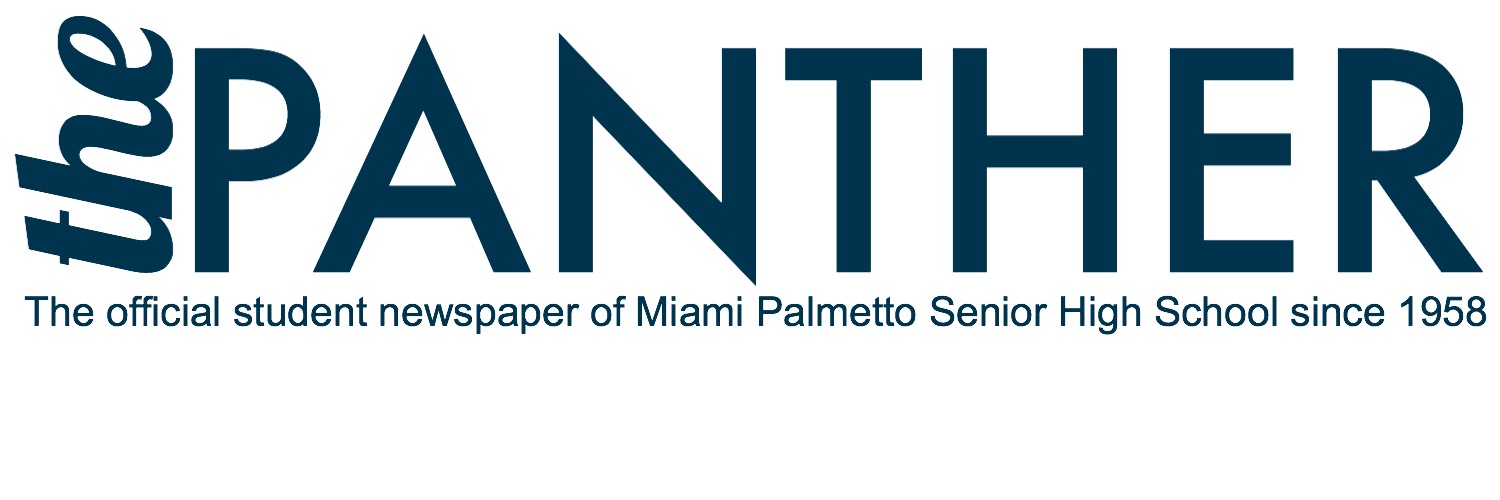How come the presidential polls were wrong?
November 18, 2016
On Nov. 8 the New York Times issued a poll proclaiming that 45.9 percent of voters sided with Hillary Clinton and 42.8 percent sided with Donald J. Trump. National polls on most news channels gave similar numbers on each candidate’s popularity. Yet in spite of these numerous predictions, Mr. Trump came out of this bumpy race with a solid victory. His winning with such a baffling landslide in the Electoral College – 290 electoral votes to 232 from Mrs. Clinton – made every news channel question what went wrong in these polls.
One of the reasons why this may have happened resides in the shyness of Trump supporters. Indeed according to usatoday.com, a Trump supporter was more likely to say he was a Hillary supporter rather than vice versa, because of the more radical ideas Trump portrays. That confirms the title of the “silent majority,” since Trump swiped states in which he, according to polls, only had a small lead, such as in Florida, where he won with 1.4 points instead of the .2 percentage points predicted by the RealClearPolitics. That shocked many students at Palmetto who wore the blue Hillary sticker. It seems like a surge of late voters turned towards Trump in the last days, even hours, of the election.
The margin of error in the polls of the battleground states also played a role in determining the outcome of this election. Some states’ polls underestimated Trump’s popularity over Clinton and the margin of error made the difference. In some states that even gave Trump a lead in polls, the actual lead he had in the election surpassed the predicted lead. The RealClear predicted Trump would win with a 2 percent margin in Missouri, but he actually won the state with a practically 10 percent margin.
Finally, according to Harvard Business School, fewer Americans nowadays pick up the phone when a pollster calls. This is because of the widespread use of caller ID, which allows the person called to see who is calling, and in the case of a pollster, probably not answer to not go through the hassle of answering a bunch of questions. That limits the sample size for polls, therefore increasing the margin of error previously discussed. Pollsters will have to find a way to fix this major problem to improve political polling in later elections.
